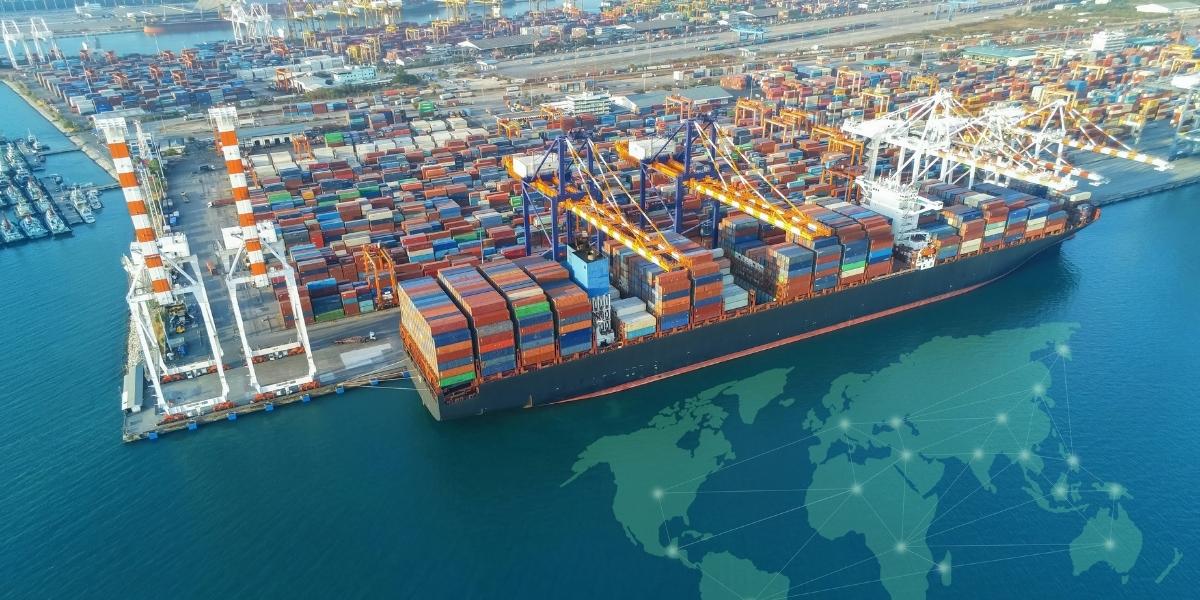The Enduring Majesty of Cambodia: A Journey Through Ancient Wonders, Resilient Spirit, and Vibrant Culture
Cambodia is a nation where history and hope intertwine—a land marked by ancient grandeur, cultural richness, and an indomitable spirit. The majestic temples of Angkor, the resilience of its people overcoming profound tragedy, and the vibrancy of its living culture all weave together to create a unique story of survival and renewal. This article journeys through Cambodia’s ancient wonders, explores the resilience that defines its modern identity, celebrates its cultural heritage, highlights its natural beauty, examines its economic growth, and reflects on why Cambodia’s enduring majesty continues to captivate the world.
Read Also: Uncovering Wonders: Journey Through World Heritage Sites
Ancient Wonders: The Timeless Grandeur of Angkor
At the heart of Cambodia’s global identity lie the ruins of Angkor, once the capital of the Khmer Empire and one of the largest pre-industrial cities in the world. Angkor Wat, built in the early 12th century under King Suryavarman II, stands as the world’s largest religious monument and a masterpiece of Khmer architecture and art. Its iconic five towers, intricate bas-reliefs depicting Hindu epics, and sophisticated engineering embody spiritual devotion and royal power.
But Angkor Wat is only part of the story. The Bayon Temple, known for its enigmatic smiling faces carved into stone towers, and Ta Prohm, famously entwined with massive tree roots, showcase the diversity and creativity of Khmer builders. Together, these temples reveal the Khmer Empire’s political strength, religious syncretism, and artistic achievement.
Angkor’s influence extends beyond architecture. The temple complex was a center of administration, culture, and religion, shaping the social and spiritual life of Cambodia. Today, Angkor stands as a UNESCO World Heritage site and a symbol of national pride, attracting millions of visitors while inspiring ongoing archaeological and conservation efforts.
The Resilient Spirit: Cambodia’s Journey Through Adversity
Cambodia’s modern history is marked by extraordinary resilience. The brutal Khmer Rouge regime from 1975 to 1979 devastated the nation, causing loss of life, cultural disruption, and economic collapse. Families were torn apart, and the country faced near destruction.
Yet, Cambodia’s people have shown remarkable strength in rebuilding their country. Since the 1990s, Cambodia has made significant progress in stabilizing its government, reviving its economy, and restoring its cultural identity. Programs focused on education, healthcare, and infrastructure have improved quality of life, while initiatives to heal psychological wounds and preserve memory foster reconciliation.
The resilience is evident in everyday life—vibrant markets, bustling cities, and flourishing arts scenes. Cambodian society honors the past while looking forward with hope and determination, a testament to the endurance of its people.
Cultural Heritage: Tradition, Art, and Daily Life
Cambodia’s culture is a rich blend of ancient traditions and contemporary expressions. Buddhism, introduced centuries ago, remains a cornerstone of spiritual and social life. Temples and pagodas dot the landscape, serving as centers for worship, education, and community gathering. Classical dance, especially the Apsara ballet, preserves stories from Hindu and Buddhist mythology with graceful movements and elaborate costumes. Traditional music, crafts, and festivals celebrate seasonal and religious events, reinforcing cultural continuity.
Cambodian cuisine reflects a harmony of flavors—sweet, sour, salty, and spicy—featuring dishes like amok (coconut curry) and nom banh chok (rice noodle soup). Markets are lively spaces where food, handicrafts, and daily life converge. The Khmer language, with its own script and literary tradition, connects Cambodians to their history and identity. Despite modern influences, these cultural elements remain vibrant and integral to the nation’s character.
Natural Beauty: Cambodia’s Diverse Landscapes and Wildlife
While Cambodia is often celebrated for its cultural heritage, its natural landscapes offer equally compelling beauty. The Mekong River, one of the world’s great waterways, flows through the country, supporting agriculture, fisheries, and ecosystems. Tonle Sap Lake, Southeast Asia’s largest freshwater lake, experiences dramatic seasonal changes, nurturing rich biodiversity and sustaining millions who depend on its resources. National parks such as Bokor and Virachey protect forests, wildlife, and waterfalls.
Cambodia’s tropical climate fosters lush vegetation, while its wildlife includes elephants, gibbons, and rare bird species. Ecotourism initiatives encourage sustainable interaction with nature, promoting conservation and community benefits. The interconnection between Cambodia’s environment and culture underscores the importance of preserving both for future generations.
Cambodia’s economy has shown steady growth driven by textiles, agriculture, tourism, and construction. Tourism centered around Angkor and natural sites provides significant revenue and employment opportunities. Challenges remain, including poverty, infrastructure needs, and balancing growth with environmental protection. The government and international partners prioritize sustainable development, emphasizing education, clean energy, and responsible tourism. Community-based initiatives aim to ensure that economic benefits reach local populations while minimizing ecological footprints. These efforts seek to build a resilient economy that respects cultural heritage and natural resources.
Read Also: Essential Items to Pack When Traveling Abroad
Why Cambodia’s Enduring Majesty Captivates the World
Cambodia captivates not only through its tangible wonders but also through the story of its people—past and present. The grandeur of Angkor evokes awe at human creativity and devotion. The resilient spirit of Cambodians inspires respect and empathy. Its vibrant culture offers rich experiences that connect visitors to timeless traditions and contemporary life. The country’s natural beauty invites exploration and reflection.
In a rapidly changing world, Cambodia’s story reminds us of the power of heritage, the strength of renewal, and the importance of cultural and environmental stewardship. Cambodia invites all who visit or study it to witness a nation where history is alive, culture thrives, and the human spirit endures.








